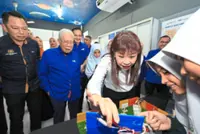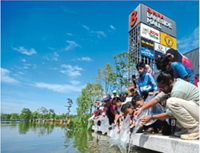Malaysia has the right foundations to operationalise a low-carbon transport ecosystem and is picking up the pace in green mobility.
INTROVERTS and extroverts experienced diverse impacts when Malaysia implemented the very first movement control order (MCO) on May 18, 2020 to curb Covid-19 infections and fatalities.
Already a subscriber? Log in
Save 30% OFF The Star Digital Access
Cancel anytime. Ad-free. Unlimited access with perks.





